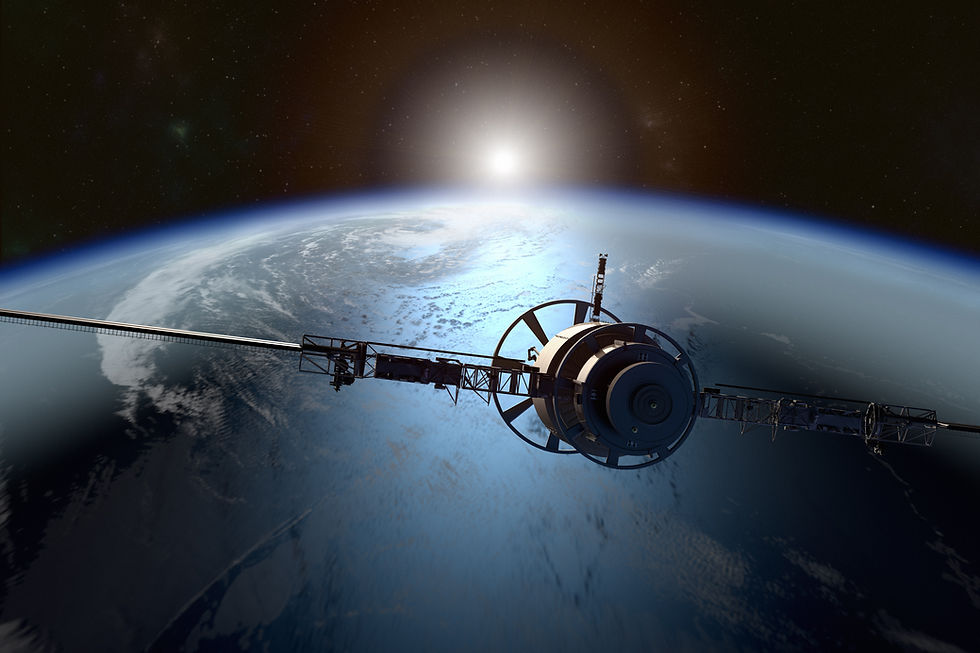Honduran Satellite Launch in 2021
- Victor Kafie
- Nov 10, 2020
- 3 min read

Over 150 years ago, there was a man who tried to unify the Central American region, but failed. Nowadays, a huge step in evolution brought this man's name back, but this time, for real. This man was known as Francisco Morazán. The Bicentennial of the Honduran Independence is just around the corner, bringing along the latest technological advancements we have ever seen. For the first time in history, Honduras (allied with Guatemala and Costa Rica) is launching to the Earth's orbit its first space satellite. Inspired by the venerable Honduran paladin Francisco Morazán and the Central American unification plan he tried to achieve hundreds of years ago, the mutual assistance among the countries clearly made a “step forward” to his dream. La Universidad Nacional Autónoma de Honduras (UNAH) is the leading organization of what will be the next “recreated” and modernized Morazán Project.
The Faculty of Space Science and Engineering in UNAH (under the supervision of the Kyushu Institute of Technology in Japan) are designing and assembling what will be known as the first Honduran square-shaped nanosatellite. This outer space equipment is designed to monitor several of the watersheds that constitute the three countries involved: Honduras, Guatemala and Costa Rica. Every four hours, images will be sent to the University's institution, where they will be analyzed and interpreted. Any damages caused to these watersheds by consequence of natural phenomenons (primarily climate change) will be detected by such satellites, hence acting with anticipation and facilitating emergency responses.
The project construction has already been divided into three stages, where each one of them will have a unique purpose within the apparatus utility.
The first stage involves the civil construction, where a certain number of terrestrial stations near watersheds will be constructed, having the purpose of monitoring atmospheric variables which could be detrimental for the area. Through these stations, the off-planet satellite will detect visual information (images) of the harmed areas, or simply anticipate any danger. However, there is also an interesting byproduct of such a project. Through the terrestrial stations mentioned previously, populations living near the guarded watersheds will have the opportunity of directly contacting experts, in this case, La Comisión Permanente de Contingencias (COPECO). The Morazan project coordinator, Javier Mejuto, claimed the following on an interview in La Prensa newspaper:
“It is used as a system for receiving information, in the event of a disaster or flood, the inhabitants will be able to call for help through the satellite”.
The second stage of the program involves the actual construction of the satellite. It has yet not been revealed the exact process of how it will be designed and/or assembled, because engineers are still planning such an artifact. However, there is one thing that has been clarified by the project directors, and that is the location and position of the item. It would be located on a lower orbit approximately 400 km of altitude. But guess what? There is still a cherry to include to this cake
The last stage involves the app development. Since this project is not only to measure natural phenomena harms in rural areas living near watersheds but also to educate the future student generation, the UNAH has included personal devices on it. People inhabiting these three Central American countries will have the opportunity to download an app (on their mobile devices, computers, etc) where they can learn about what surrounds us humans, meaning outer space. This project is clearly an amazing thing, and even though there are plenty of satellites and maps that show outer space and how the world looks like, they are not from Honduras.
Let's be proud of this advancement and congratulate the fellow engineers and scientists responsible for this next step to the future. Let's fly high Eagles! Stay Home! Stay Safe!


Comments